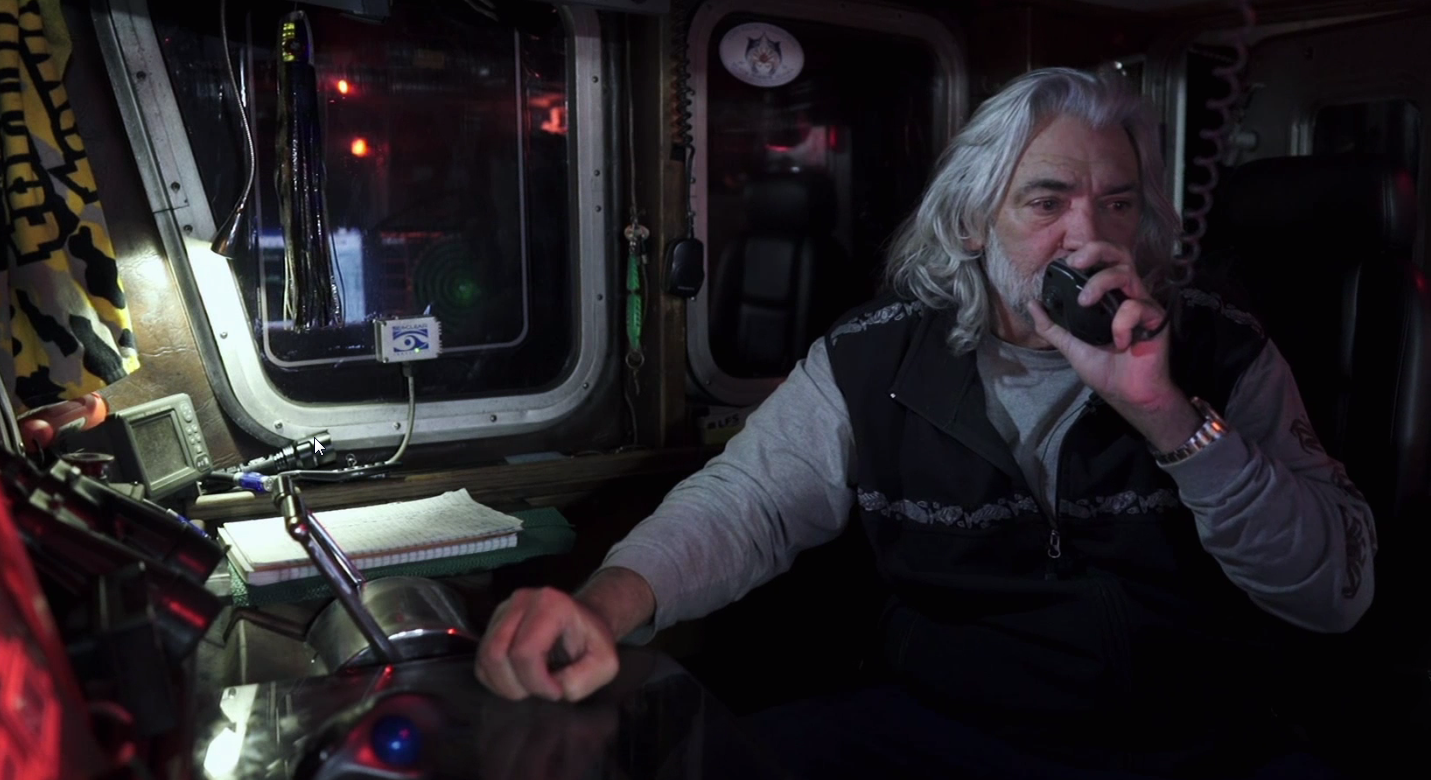EDITORIAL: Feds take steps to keep firefighting forces intact
Published 12:45 pm Monday, November 21, 2022
With persistent drought and climate change contributing to bigger, faster-moving wildfires over the past decade, we’ve never had a greater need for wildland firefighters.
Trending
Which makes some of the findings in a recent federal report especially troubling.
The Government Accountability Office (GAO), the agency that audits federal programs, on Thursday, Nov. 17 released “Wildland Fire: Barriers to Recruitment and Retention of Federal Wildland Firefighters.”
As the title implies, this report illustrates many of the challenges to ensure there are enough wildland firefighters to deal with the blazes that inevitably start across the West, including in Northeastern Oregon, each summer. The federal wildland firefighting force includes about 18,700 people who work for the Forest Service, Bureau of Land Management, National Park Service, U.S. Fish and Wildlife Service and Bureau of Indian Affairs.
Trending
The most common barrier to hiring firefighters that GAO investigators heard, in interviewing federal officials as well as nongovernmental stakeholders, was low pay. The starting wage for entry-level positions has been $15.
“Officers and stakeholders said that in some cases, firefighters can earn more at nonfederal firefighting entities or for less dangerous work in other fields, such as food service,” the report states.
The GAO report is not wholly negative, however.
The authors point out that the federal government has boosted the base salary by either $20,000 per year or 50%, whichever is less, for wildland firefighters nationwide. This provision, through the Infrastructure Investment and Jobs Act, continues through fiscal year 2026.
That’s significant progress.
But low pay isn’t the only challenge listed in the GAO report. Mental health issues and a poor work-life balance are also cited as difficulties in hiring and keeping firefighters.
Federal agencies are also working to address those problems, according to the report.
The federal government isn’t renowned for its agility in reacting to its shortcomings. But it’s heartening to see, as the GAO report notes, that officials are taking meaningful steps toward ensuring that, when the next fire season begins, there’s a better chance fire crews will be ready to go.









